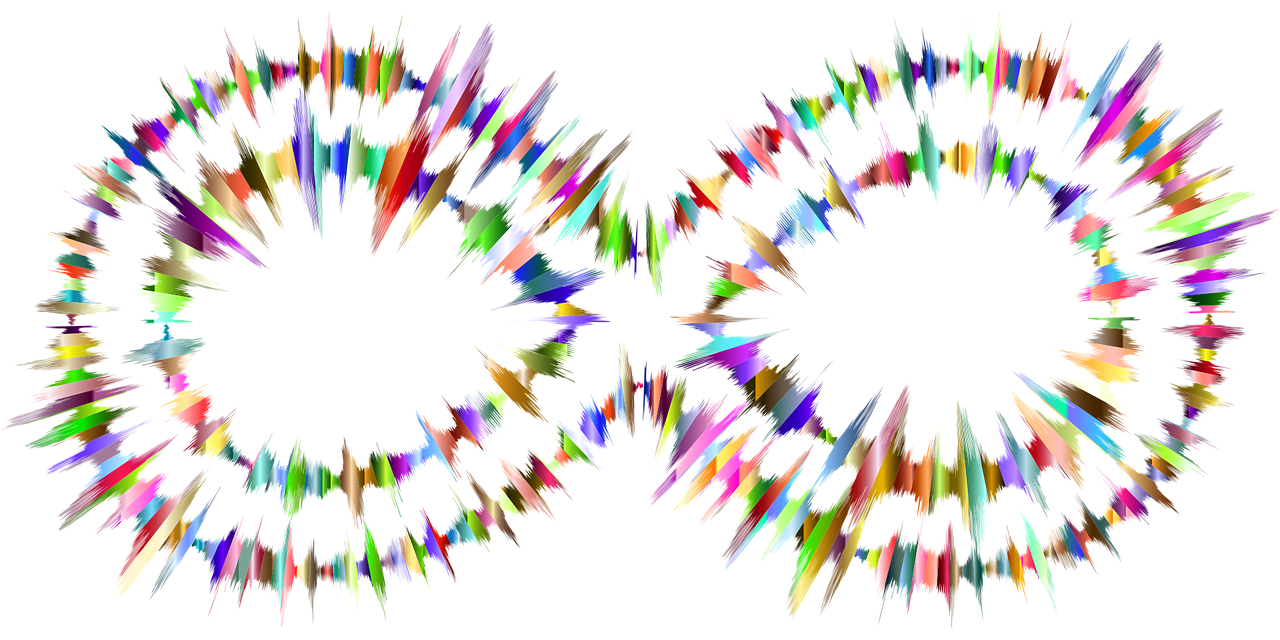Metaphors
I started writing this post in April, and am now coming back to review and revise. This is informed by some reading that I am doing in the book Metaphors we Live By, written in 1980 by George Lakoff and Mark Johnson. There are several relevant ideas that support my own thinking about the integration of metaphors into my PhD dissertation writing.
Our ordinary conceptual system, in terms of which we both think and act, is fundamentally metaphorical in nature. … Our concepts structure what we perceive, how we get around in the world, and how we relate to other people. Our conceptual system thus plays a central role in defining our everyday realities.
Lakoff & Johnson, 1980, p. 3
Lakoff and Johnson (1980) illuminate elements of ontological metaphors in terms of containers (land areas; visual fields; events, actions, activities, and states), personification, metonym, orientation, and structure. The authors suggest “our language about language is structured roughly by the following complex metaphor: IDEAS (OR MEANINGS) ARE OBJECTS. LINGUISTIC EXPRESSIONS ARE CONTAINERS. COMMUNICATION IS SENDING. The speaker puts ideas (objects) into words (containers) and sends them (along a conduit) to a hearer who takes the ideas/objects out of the word/containers” (p. 10, emphasis in original). A metaphor is essentially a word/container holding some meaning to a speaker, which suggests understanding and experience of one thing in terms of another (Lakoff & Johnson, 1980, p. 5).
Ontological metaphors provide a wide variety of ways to view events, activities, emotions, ideas, etc. as entities or substances to help us deal rationally with our experiences. (Lakoff & Johnson, 1980)
While I’ve been trying to solidify my thinking about crystallization, both as a research methodology and as a metaphor for the PhD process, I’ve been gathering terminology and ideas. While sharing these notions with others, more links and connections have occurred. Here I will collect some thoughts, coming from both scientific and mathematic relationships to these quasi-qualitative concepts.
Crystal – solid, variably shaped, variably coloured, geometric, arranged in a formalized lattice structure; often considered in rocks and ice
Crystallization is the act of becoming crystalline, the shifting from liquid to solid forms as exemplified in the fun DIY crystal experiments suggested in this You Tube video:
In research, “crystallization – is the process of temporarily suspending the process of examining or reading the data (immersion) in order to reflect on the analysis experience and attempt to identify and articulate patterns or themes noticed during the immersion process”. This frames the actions I will endeavour to take in the coming months, alternatively doing the analysis while reflecting and thinking about doing the analysis.
Metaphorphism
- “The word “Metamorphism” comes from the Greek: meta = after, morph = form, so metamorphism means the after form. In geology this refers to the changes in mineral assemblage and texture that result from subjecting a rock to conditions such pressures, temperatures, and chemical environments different from those under which the rock originally formed.” (from https://www.tulane.edu/~sanelson/eens212/typesmetamorph.htm)
- Note that Diagenesis is also a change in form that occurs in sedimentary rocks.
- Rock textures are measured by grain or crystal size as seen on this site [https://www.britannica.com/science/rock-geology#ref80182]
Chaos and chaos theory –
Complexity – theory indicates multiple ways that material or concepts can merge and emerge; collections of interactions and objects in seemingly random patterns or connections; where the whole becomes more than the sum of it’s parts
Fractals – a never ending search for patterns and permutations; there are many different variations of fractals;
- Fractals for Dummies – shows and explains several fractal visualizations
Kaleidescope
- DIY kaleidoscope – simple and easy to make with materials at home. This connects to research and methodology since there are many ways to look at data and turning the kaleidoscope on the data analysis will result in new visual effects.
More metaphors to think about can be found on this PDF document of a List of Metaphors created by Lakoff et al. (1991).
